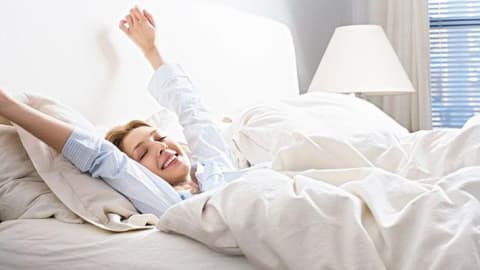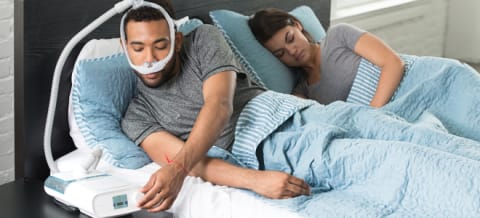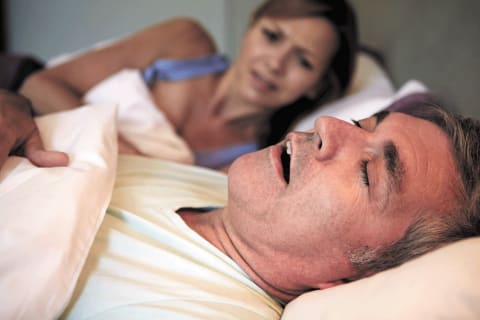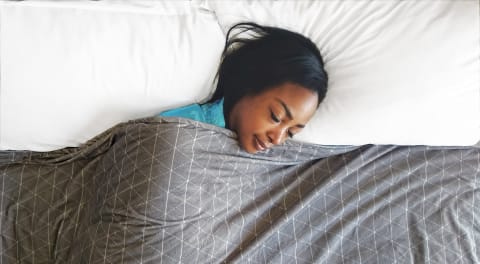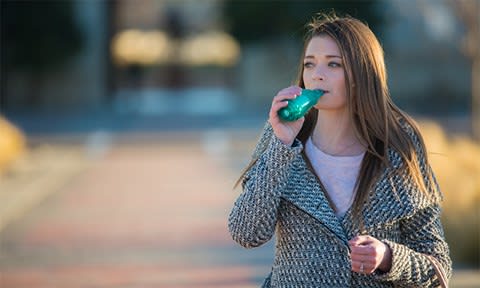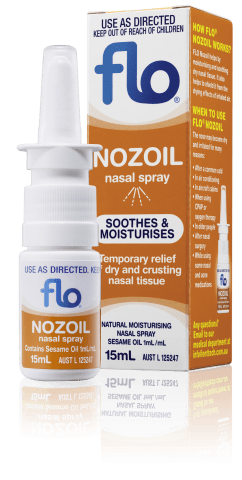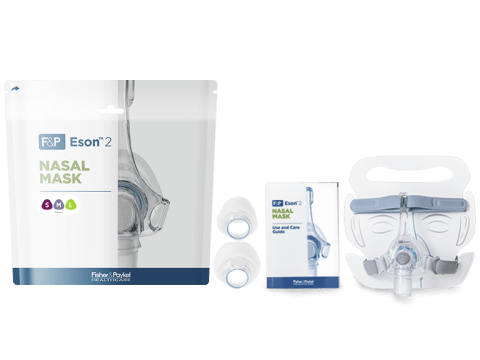Best Rated CPAP Masks
Starting CPAP therapy is one of the most effective steps you can take to improve sleep quality and protect your long-term health. But if you’re just getting started, there’s one piece of equipment that can make or break your experience: your CPAP mask.
While it may be tempting to focus on the machine itself, experienced CPAP users and clinicians will tell you that the right mask is what truly determines comfort, success, and compliance. An uncomfortable mask can cause leaks, leave marks on your face, wake you through the night, and lead to frustration. On the other hand, a well-fitted, high-quality mask can make therapy feel natural and unobtrusive.
In this guide, we’ll unpack what makes a CPAP mask “best rated,” explore which mask types are suited to different sleep styles and breathing behaviours, and show you how to choose one that fits your face, your habits, and your goals.
Understanding the Three Main CPAP Mask Types
All CPAP masks fall into three primary categories, and each has its strengths depending on how you breathe, sleep, and tolerate pressure.
These cover both the nose and mouth and are ideal for people who breathe through their mouths, experience frequent nasal congestion, or require higher pressure settings. Full face masks are also suitable for people who sleep on their backs or move around during the night.
Popular full face masks include the ResMed AirFit F30i, which features a modern design with a top-of-head hose connection, and the Philips DreamWear Full Face Mask, known for its soft silicone frame and minimal facial contact. The Fisher & Paykel Vitera offers excellent seal stability and flexibility for active sleepers.
Nasal masks sit over the nose and are a good choice for nose breathers who want a secure seal without a bulky design. They’re often better tolerated than full face masks and provide a good balance between performance and comfort.
Top-rated nasal masks include the ResMed AirFit N20, which uses InfinitySeal technology for a reliable fit, and the F&P Evora Nasal, designed for easy fitting and minimal facial contact.
These are the most minimal CPAP masks available. They use soft silicone inserts that sit at the entrance of the nostrils, delivering air directly. Nasal pillow masks are great for people who value freedom of movement, have facial hair, or feel claustrophobic with larger masks.
The ResMed AirFit P10 is a widely praised nasal pillow mask that offers ultra-light design, quiet performance, and minimal disruption. The F&P Brevida is another standout, with adjustable headgear and a secure yet gentle seal.
Matching a CPAP Mask to Your Breathing and Sleep Style
While ratings and reviews provide helpful insights, the best mask for you depends on your individual sleep behaviour and breathing patterns.
If you breathe through your mouth at night, especially due to nasal congestion or habit, a full face mask is usually the best option. These ensure therapy remains effective even if your mouth opens during sleep. If you’re a nose breather and dislike bulk, a nasal or nasal pillow mask may be more comfortable and easier to wear long term.
Sleep position also plays a big role. Side sleepers generally benefit from masks with low profiles and flexible tubing that won’t get in the way. Nasal pillow masks like the AirFit P10 or under-the-nose full face masks like the F30i are excellent for this. Back sleepers tend to have more flexibility with larger mask styles.
If you frequently move during sleep, look for masks with a top-of-head hose connection (like the F30i or DreamWear range). These reduce drag and allow you to change positions without disturbing your seal.
Finally, consider whether you’re prone to skin sensitivity, facial pressure, or feelings of claustrophobia. Minimal-contact masks and those with soft frames (like the DreamWear Nasal or Brevida) can help improve comfort and wearability.
Availability of Replacement Parts and Accessories
A top-rated mask isn’t just about initial comfort — it’s also about ongoing convenience. All CPAP masks require routine maintenance and replacement of parts, particularly the cushion and headgear. Cushions typically need replacing every one to three months, while headgear may last up to six months.
When choosing a mask, it’s important to pick a brand and model that has easy-to-access spare parts. All the brands we stock at Sove CPAP Clinic — including ResMed, Philips Respironics, and Fisher & Paykel — offer full replacement support, and our CPAP Care Plan ensures patients receive scheduled deliveries of essential components.
You’ll also want to consider accessories that improve comfort and cleanliness:
- Mask liners reduce skin irritation and improve seal
- CPAP pillows accommodate the shape of your mask
- Hose lifts prevent tubing drag while sleeping
- Cleaning wipes and sprays help maintain hygiene between washes
Having easy access to these items can significantly improve your long-term experience with CPAP.
Getting Personalised, Independent Advice
One of the biggest mistakes new CPAP users make is choosing a mask based solely on popularity or price. Even the most highly rated mask can feel uncomfortable or ineffective if it’s not right for your sleep habits.
That’s where expert, personalised advice makes all the difference. At Sove CPAP Clinic, we offer both in-clinic and telehealth mask fittings to help match you with the right size, style, and model for your face and therapy needs. Our consultants consider your sleep position, pressure requirements, comfort preferences, and any concerns around skin sensitivity or claustrophobia.
We also provide mask trials so you can test different options at home before committing — a crucial step in ensuring you feel confident and comfortable using your CPAP every night.
ALWAYS FOLLOW THE DIRECTIONS FOR USE. CPAP is used for Obstructive Sleep Apnoea treatment. When considering whether CPAP is right for you, speak to your doctor.
Frequently Asked Questions
Does it matter what CPAP mask you use?
Yes, it absolutely matters. Your mask is what delivers pressurised air to your airway — and if the mask leaks, feels uncomfortable, or doesn’t stay in place, your therapy can become ineffective.
A good mask should feel secure, comfortable, and stable throughout the night. The right mask encourages regular use, reduces daytime fatigue, and leads to better long-term health outcomes.
There’s no single CPAP mask that works for everyone — but there is one that will work for you. If you need help, simply call our CPAP Consultants or Respiratory and Sleep Physicians on1300 76 29 39 or explore our CPAP mask range online to get started.
Which is better: a nasal or full face CPAP mask?
It depends on how you breathe while sleeping. Nasal masks are generally lighter and easier to wear, but they only work if your mouth stays closed. Full face masks are better for mouth breathers or those with frequent nasal congestion. There’s no universal “better” — only what’s better for you.
That’s why our consultants at Sove take time to learn about your specific needs before recommending a style.
What is the easiest CPAP mask to get used to?
Many patients find nasal pillow masks (like the AirFit P10) the easiest to adapt to, especially if they dislike bulk or want a clear field of vision. These masks have minimal facial contact and are ideal for users who breathe through their nose only.
However, ease of adaptation also depends on individual comfort preferences and breathing patterns. A full face mask may feel more secure for someone who mouth breathes, even if it takes a bit longer to adjust to.
What CPAP mask is best for mouth breathers?
Mouth breathers generally benefit most from full face masks, such as the ResMed AirFit F30i, Philips DreamWear Full Face, or F&P Vitera. These masks ensure air doesn’t escape through the mouth, which would otherwise reduce the effectiveness of therapy.
If you want to use a nasal mask despite mouth breathing, you may need to wear a chin strap — but this setup is less effective and not suitable for everyone.
Is it OK to exhale through your mouth when using CPAP masks?
If you’re wearing a full face mask, yes. These masks are designed for both inhalation and exhalation through the mouth or nose.
But if you’re using a nasal or nasal pillow mask, exhaling through the mouth can cause pressure loss, dry mouth, and a drop in therapy effectiveness. If this happens regularly, it may be time to switch to a full face mask or explore nasal treatments that support mouth closure.
How do you clean a CPAP mask?
Daily cleaning helps prevent bacteria buildup, extend the life of your mask, and keep your therapy hygienic.
We recommend:
- Washing your mask cushion daily in warm water with mild, non-scented soap
- Rinsing thoroughly and letting it air dry (out of direct sunlight)
- Cleaning headgear and frame weekly
- Using mask wipes between washes for convenience
- Avoiding alcohol-based or harsh cleaners
Sove CPAP Clinic offers a full range of cleaning supplies and guidance, including travel-size kits and replacement schedules.

